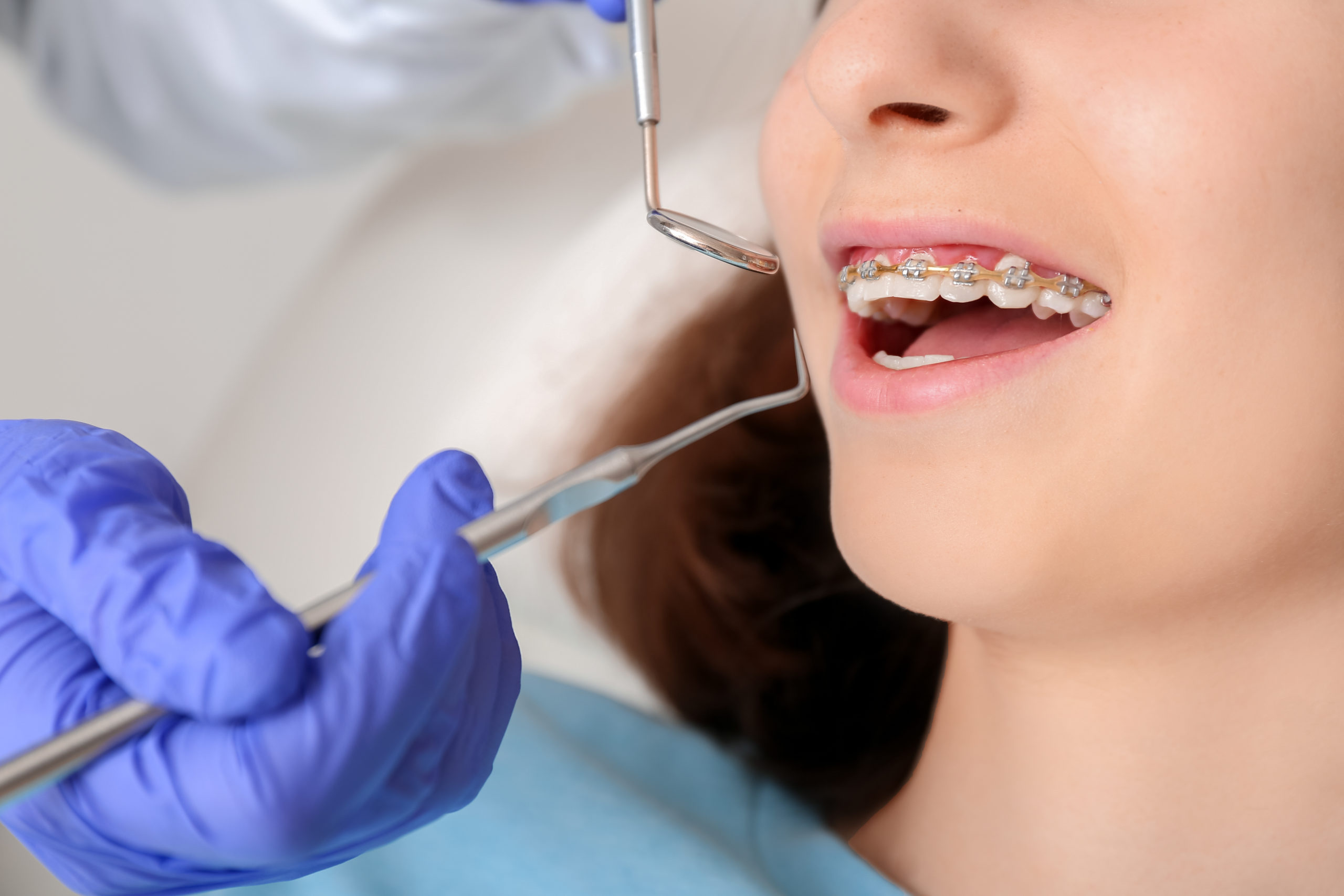Comprehensive Overview to Orthodontics Treatments for Dealing With Oral Imbalances
Recognizing the intricacies of each procedure, including their mechanisms, benefits, and potential drawbacks, is vital in making educated choices concerning one's orthodontic therapy. As we browse via the comprehensive overview to orthodontic procedures for correcting dental misalignments, the elaborate details of each technique will certainly unravel, losing light on the path towards a harmonious and practical dental placement.
Orthodontic Procedures Summary

In enhancement to clear aligners and typical dental braces, orthodontists might also advise other interventions like headwear, palatal expanders, or retainers to deal with details placement issues (cumming orthodontist). These procedures are customized to each person's special needs and might involve a mix of therapies to attain the desired outcomes. Routine adjustments and surveillance are vital parts of orthodontic therapy to guarantee progression is on track and to make any needed modifications along the road. By undertaking orthodontic procedures, patients can not just attain a straighter grin however likewise enhance their overall dental health and feature.
Traditional Dental Braces: Just How They Work
When thinking about orthodontic therapies for dental misalignments, traditional braces stand apart as a tried and true approach for dealing with teeth positioning. Conventional braces are composed of brackets, wires, and bands that collaborate to use continual stress on the teeth, slowly relocating them right into the wanted placement. The brackets are connected to the teeth utilizing a special adhesive, and the wires are threaded through the brackets. By adjusting the stress of the wires, orthodontists can control the direction and pressure related to each tooth, guiding them into proper placement with time.
As pressure is used to the teeth via the braces, the bone surrounding the teeth is improved to sustain the new tooth positions. Individuals will certainly need routine changes at the orthodontist's office to guarantee the dental braces proceed to use the correct pressure for efficient teeth movement.
Unnoticeable Aligners: Benefits And Drawbacks
These clear, tailor-made trays are essentially unnoticeable when worn, making them an appealing alternative for people seeking a more cosmetically pleasing orthodontic treatment. Clients can remove the aligners prior to eating or cleaning their teeth, lowering the visit here danger of food getting stuck in the device and streamlining the cleaning procedure.

Surgical Orthodontic Options
Surgical treatments in orthodontics existing viable choices for resolving intricate dental imbalances that might not be properly solved via conventional orthodontic treatments. While unnoticeable aligners and traditional dental braces can deal with numerous orthodontic concerns, certain situations need surgical intervention to achieve optimal outcomes. Surgical orthodontic options are generally advised for serious malocclusions, considerable jaw disparities, and situations where the underlying bone structure requires alteration to achieve proper placement.
One common surgical orthodontic procedure is orthognathic surgical procedure, which entails repositioning the jaws to remedy practical problems such as trouble chewing or talking. This surgery is commonly performed in cooperation with an orthodontist who helps straighten the teeth prior to and after the procedure. Surgical orthodontics might likewise include procedures to reveal influenced teeth, remove excess periodontal cells, or improve the jawbone to create an extra unified face profile.
Before taking into consideration surgical orthodontic choices, clients go through a detailed analysis to figure out the need and possible benefits of such interventions. invisalign. While surgical treatment may appear daunting, it can considerably improve both the feature and appearances of the smile in cases where traditional orthodontic treatments drop short
Retainers and Post-Treatment Care

Failure to conform with post-treatment care instructions can result in relapse, where the teeth gradually move back in the direction of their initial settings. Consistent retainer wear, great oral health, and regular dental exams are essential for keeping the outcomes attained through orthodontic surgical treatment and making sure the lasting stability of the fixed oral alignment.
Verdict
In final thought, orthodontic treatments use numerous options for remedying oral imbalances. Surgical orthodontic options are offered for a lot more severe imbalances. In general, orthodontic treatments can efficiently enhance oral health and aesthetic appearance.
As we browse via the comprehensive overview to orthodontic treatments for dealing with oral misalignments, the detailed details of each approach will unfold, losing light on the path towards a unified and functional dental alignment. - cumming invisalign
One of the most usual orthodontic therapies is the use of dental braces, which are composed of steel brackets and wires that use mild pressure to slowly change teeth right into the wanted setting.When thinking about orthodontic therapies for oral imbalances, traditional braces stand out as a reliable approach for dealing with teeth positioning. In addition, unnoticeable aligners might not be appropriate for complicated orthodontic issues that require even more substantial teeth motion, as they are usually recommended for moderate from this source to moderate cases. Retainers are custom-made orthodontic tools made to hold teeth in their remedied positions after the conclusion of orthodontic therapy.